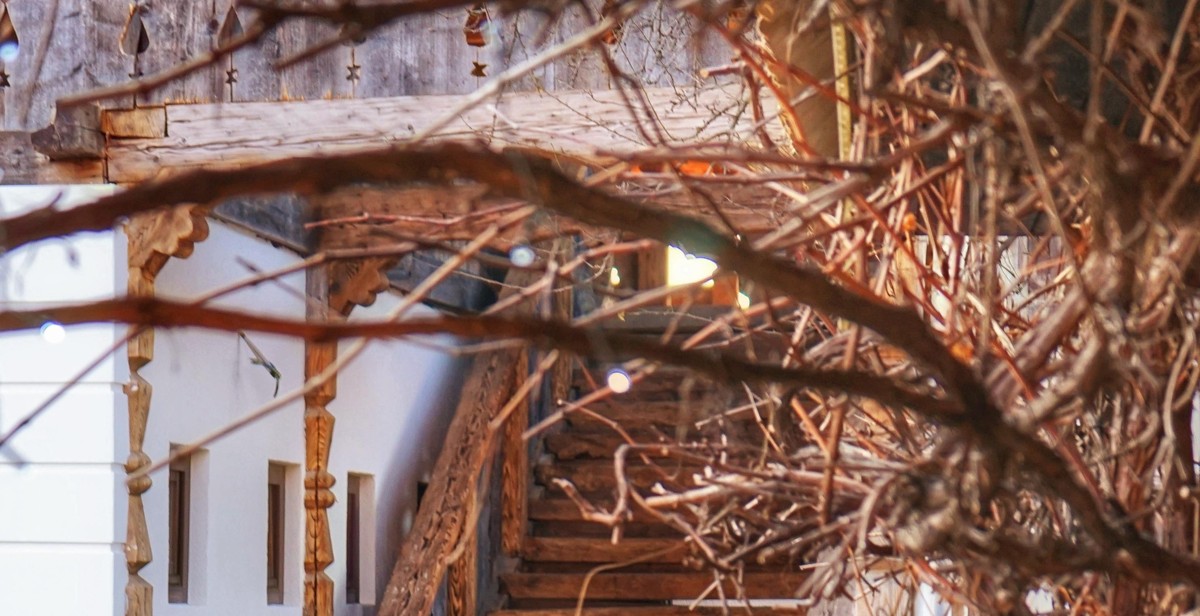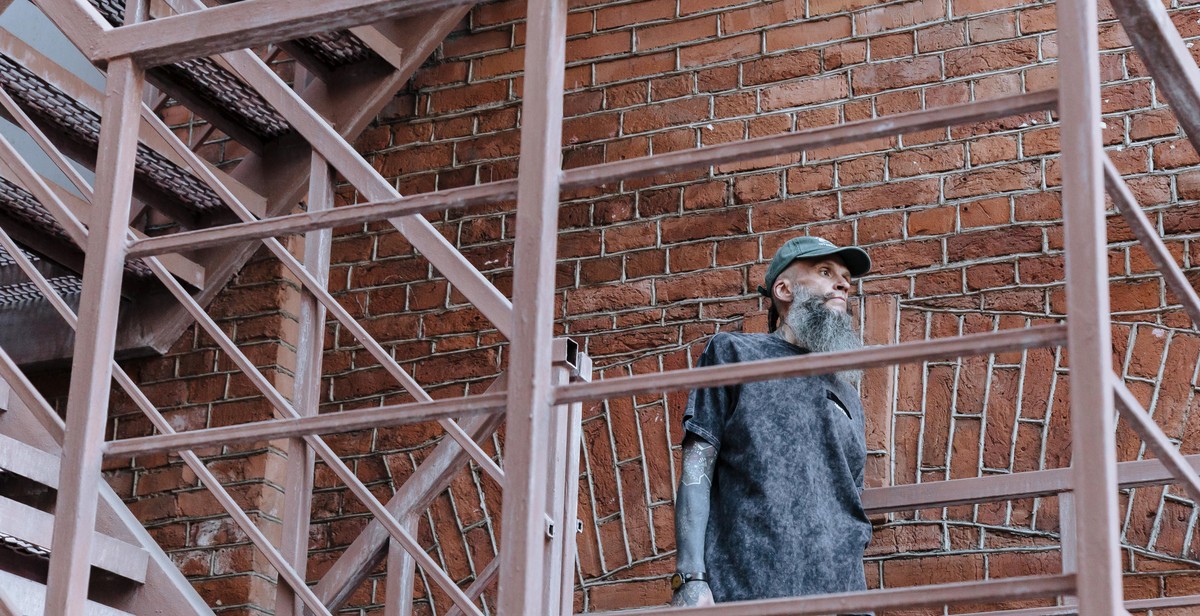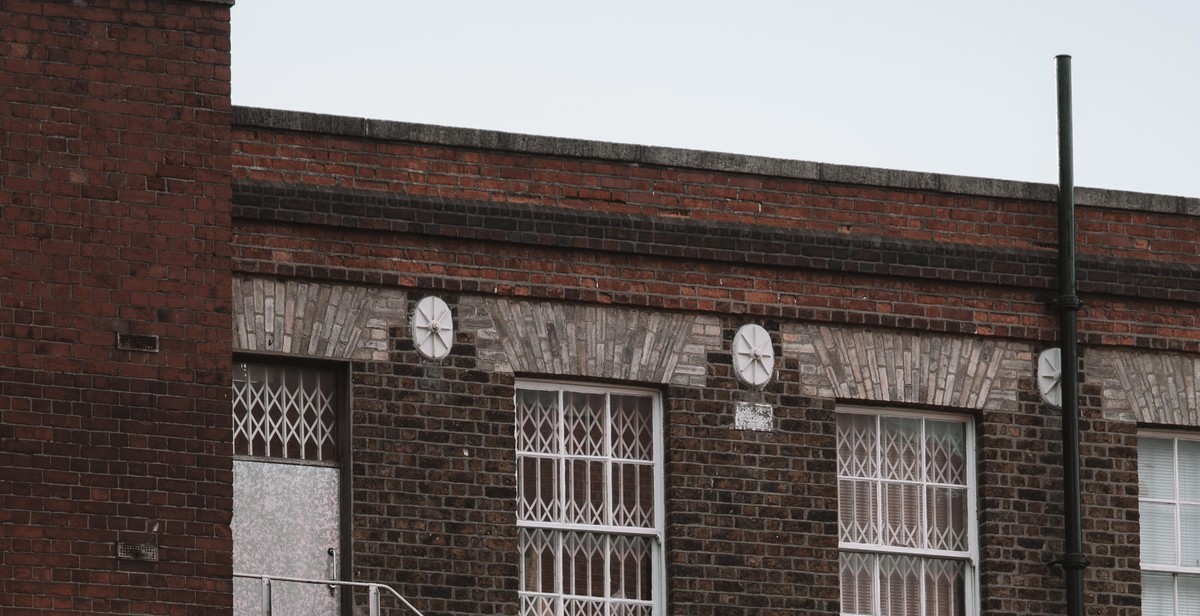Introduction: How to Install Outdoor Stairs for Elevated Areas
Outdoor stairs are a great addition to any home or property with an elevated area. Whether you want to access a rooftop garden, a raised deck, or a hillside, outdoor stairs provide a safe and convenient way to get there. But installing outdoor stairs can be a daunting task, especially if you’re not familiar with the process. In this article, we’ll provide you with a step-by-step guide on how to install outdoor stairs for elevated areas.
Why Install Outdoor Stairs?
Installing outdoor stairs has several benefits, including:
- Easy access to elevated areas
- Enhanced safety for people and pets
- Improved aesthetics and curb appeal
- Increased property value
Whether you’re installing outdoor stairs for practical or aesthetic reasons, it’s important to do it right. Poorly installed stairs can be dangerous and decrease the value of your property. With our guide, you’ll be able to install outdoor stairs that are safe, durable, and visually appealing.

Planning
Before installing outdoor stairs for elevated areas, proper planning is necessary to ensure a successful project. The following steps should be taken into consideration:
Assessing the Area
The first step in planning for outdoor stairs installation is to assess the area. This involves identifying the location where the stairs will be installed, the available space, and the terrain. It is important to consider the landscape of the area and any obstacles that may be in the way, such as trees or rocks. Additionally, it is necessary to consider the slope of the terrain and whether the stairs will need to be designed in a zigzag or switchback pattern to accommodate the slope.
Choosing the Material
Choosing the right material for outdoor stairs is important for both functionality and aesthetics. The most common materials used for outdoor stairs include wood, metal, and concrete. Wood is a popular choice for its natural look and versatility, but it requires regular maintenance to prevent rotting and warping. Metal stairs are durable and low-maintenance, but they can be expensive. Concrete stairs are sturdy and long-lasting, but they can be difficult to install and may require professional help.
Measuring the Height and Width
Measuring the height and width of the area where the stairs will be installed is crucial in planning for the installation. This involves determining the height of the elevated area and the length of the stairs needed to reach it. It is important to ensure that the stairs are not too steep, as this can be dangerous and may violate building codes. The width of the stairs should also be considered to ensure that they are wide enough to accommodate foot traffic and any necessary equipment.
By carefully assessing the area, choosing the right materials, and measuring the height and width, you can properly plan for the installation of outdoor stairs for elevated areas.

Preparation
Before you start installing outdoor stairs, it is important to gather all the necessary materials and tools. This will ensure that the installation process is smooth and efficient. Here is a list of materials and tools that you will need:
Gathering Materials and Tools
| Materials | Tools |
|
|
Make sure to purchase high-quality materials that are suitable for outdoor use. This will ensure that your stairs are durable and can withstand the elements.
Clearing the Area
Once you have all the necessary materials and tools, it is time to clear the area where you will be installing the stairs. This includes removing any debris, rocks, or plants that may be in the way. You will also need to level the ground to ensure that your stairs are stable and safe.
If you are installing the stairs on a slope, you may need to dig into the hillside to create a level area. This will require more excavation work and may require the use of heavy equipment.
Make sure to check with your local building codes to ensure that you are following all regulations. This may include obtaining a permit before starting the installation process.
With the right preparation, you can ensure that your outdoor stairs are installed safely and securely. Take the time to gather all the necessary materials and tools, as well as clear and level the area where the stairs will be installed.

Installation
Installing outdoor stairs for elevated decks or porches is a great way to add both functionality and style to your outdoor living space. The process of installing outdoor stairs involves three main steps: setting the foundation, installing the stringers, and attaching the treads and risers.
Setting the Foundation
Before you begin the installation process, you need to determine the location of your stairs and ensure that the foundation is level and secure. Start by marking the location of the stairs with stakes and string. Then, dig holes for the footings at each corner of the stairs. The depth of the holes will depend on your local building codes, but they should be at least 12 inches deep. Fill the holes with concrete and let them dry for at least 24 hours before continuing with the installation process.
Installing the Stringers
Once the footings are dry, it’s time to install the stringers. These are the angled supports that hold up the treads and risers. Start by measuring the height and width of the stairs and cutting the stringers to size. Place the stringers in position on the footings and attach them with metal brackets and screws. Make sure the stringers are level and secure before proceeding.
Attaching the Treads and Risers
Now that the stringers are in place, it’s time to attach the treads and risers. Treads are the horizontal boards that you step on, while risers are the vertical boards that go in between the treads. Start by attaching the risers to the stringers with screws. Then, attach the treads to the risers with screws or brackets. Make sure the treads are level and evenly spaced before securing them in place.
Finally, finish the stairs by adding any necessary handrails or balusters. You may also want to add a coat of weather-resistant sealant or paint to protect the stairs from the elements.
By following these steps, you can install outdoor stairs for elevated decks or porches that are both functional and stylish. Remember to always follow local building codes and safety guidelines when installing stairs.

Finishing Touches
After installing outdoor stairs, there are a few finishing touches that can make a big difference in the overall appearance and safety of your stairs.
Adding Railings and Handrails
One of the most important finishing touches to outdoor stairs is adding railings and handrails. Railings and handrails provide support and stability for those using the stairs and can prevent accidents from occurring. They also add a decorative touch to the stairs and can enhance the overall look of your outdoor space.
When choosing railings and handrails, make sure to select materials that are durable and weather-resistant. Popular materials include wood, vinyl, and aluminum. Additionally, be sure to comply with local building codes and regulations regarding the height and spacing of railings and handrails.
Staining or Painting the Stairs
Another way to add a finishing touch to outdoor stairs is by staining or painting them. Staining or painting the stairs can protect them from weather damage and enhance their appearance. When selecting a stain or paint, make sure to choose a product that is specifically designed for outdoor use and is resistant to fading and peeling.
Before staining or painting the stairs, make sure to clean and prepare them properly. Remove any dirt, debris, or old finishes, and allow the stairs to dry completely. Apply the stain or paint in thin, even coats, and allow each coat to dry completely before applying the next.
Overall, adding railings and handrails and staining or painting outdoor stairs are two important finishing touches that can enhance both the appearance and safety of your outdoor space. By taking the time to complete these finishing touches, you can ensure that your outdoor stairs are both functional and beautiful.

Conclusion
Installing outdoor stairs for elevated areas is a great way to enhance the look and functionality of your outdoor space. Whether you’re looking to create a safe and convenient path to your backyard or simply want to add some style to your property, outdoor stairs are an excellent choice.
Key Takeaways
- When installing outdoor stairs, it’s important to choose the right materials for your specific needs and budget.
- Proper planning and preparation are key to ensuring a successful installation.
- Following the steps outlined in this article will help you install your outdoor stairs safely and efficiently.
Benefits of Outdoor Stairs
Outdoor stairs offer a number of benefits, including:
- Increased safety and accessibility
- Improved aesthetics and curb appeal
- Enhanced functionality and usability of outdoor spaces
- Increased property value
Expert Help
If you’re not comfortable installing outdoor stairs yourself, it’s always best to seek the help of a professional. They can help you choose the right materials and design for your specific needs and ensure a safe and efficient installation.
| Pros | Cons |
|---|---|
| Easy to install with the right tools and materials | May require some maintenance over time |
| Can be customized to fit your specific needs and preferences | Can be expensive depending on the materials and design |
| Can significantly enhance the functionality and aesthetics of your outdoor space | May require a permit depending on local building codes |
Overall, installing outdoor stairs is a great way to improve the safety, functionality, and aesthetics of your outdoor space. With the right materials, tools, and planning, you can create a beautiful and functional outdoor staircase that will last for years to come.
